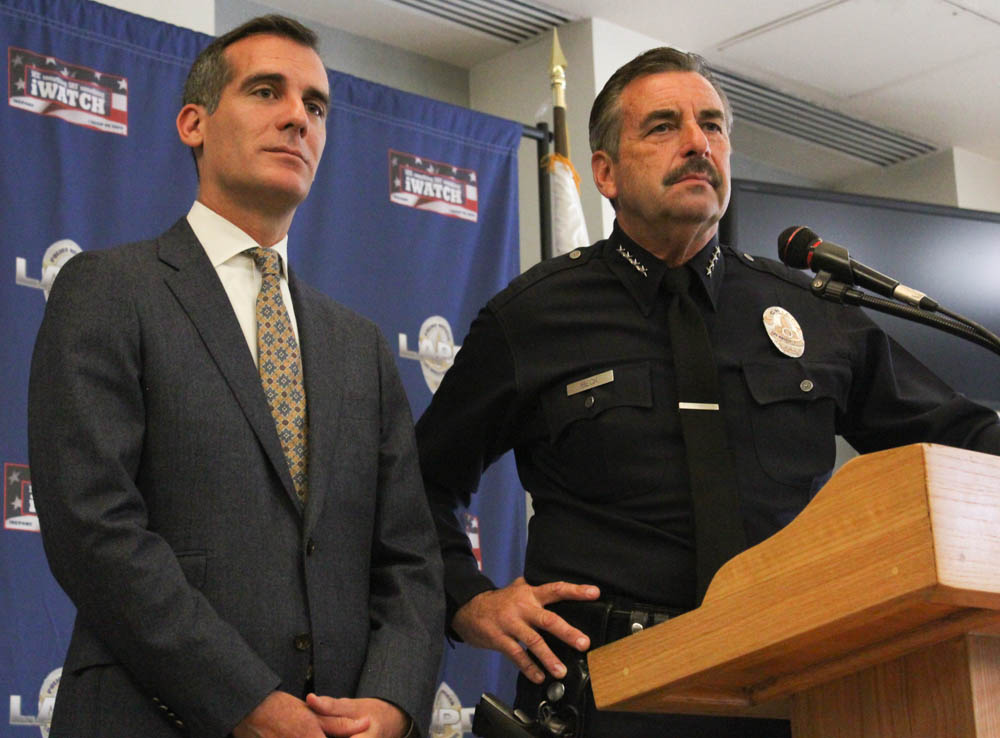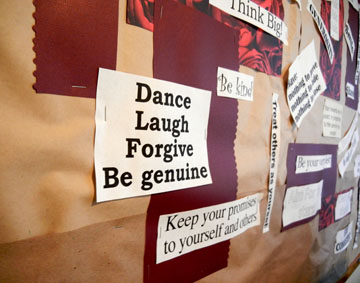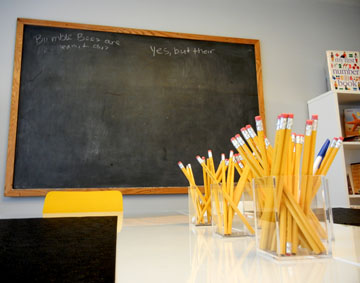
Mayor Eric Garcetti and LAPD Chief Charlie Beck speak about crime statistics at a recent conference held at the 77th Division station in South L.A. | Daina Beth Solomon
The rate of assault in the city of Los Angeles increased 19.4 percent compared to this time last year, according to LAPD crime statistics announced yesterday. Rape has also increased 8.6 percent.
At the police commissioners meeting, Los Angeles Police Department Police Chief Charlie Beck said homicide, however, is going down: It has decreased 7.2 percent.
In South L.A., the numbers are going down for serious crimes. Homicide, rape, aggravated assault, burglary and theft are down 4.3 percent compared to this time last year.
Beck said the 19.4 percent increase in the rate of assault is likely primarily driven by an increase in domestic violence reports.
“It’s a grossly underreported crime which means even a small increase in willingness to report can lead to a large increase in the number of reports,” Beck said.
“This is a problem that has a lot of layers and I know many things we can do to reduce it,” he continued. “I know many things that are effective that we do to reduce the numbers but the causal factors are much more difficult.”
LAPD Officer Liliana Preciado said it is important that residents continue to report instances of domestic violence.
“People are reporting this more,” she said. “Obviously there’s no way for us to know why it goes up or down in this particular period but we are always encouraging victims to come forward.”









 From the second you step inside the Fannie Lou Hamer Emergency Shelter, you know it’s so much more than a shelter. Laughter emanates from the kitchen as families eat dinner together. One girl is giggling on the couch, hiding behind her princess backpack. Walls are adorned with pictures and a decoration on the fireplace mantle reads, “home.” In that moment, you realize what this place is. It may be called a shelter, but it really is a home.
From the second you step inside the Fannie Lou Hamer Emergency Shelter, you know it’s so much more than a shelter. Laughter emanates from the kitchen as families eat dinner together. One girl is giggling on the couch, hiding behind her princess backpack. Walls are adorned with pictures and a decoration on the fireplace mantle reads, “home.” In that moment, you realize what this place is. It may be called a shelter, but it really is a home.  “Every time we answer our hotline we want to make sure before we hang up the phone that we did as much as we could to assist the client,” said Alice Brown, case manager at the Fannie Lou Hamer Emergency Shelter.
“Every time we answer our hotline we want to make sure before we hang up the phone that we did as much as we could to assist the client,” said Alice Brown, case manager at the Fannie Lou Hamer Emergency Shelter. Educational programs, which are also available to domestic violence victims who have not lived in the shelter, also move the women of Jenesse towards self-sufficiency. Women can use facilities, such as a computer lab with technology donated by Verizon, to learn essential job skills—such as computer skills and résumé writing. The facilities also hold classes on anger management, parenting classes, household establishment classes and counseling.
Educational programs, which are also available to domestic violence victims who have not lived in the shelter, also move the women of Jenesse towards self-sufficiency. Women can use facilities, such as a computer lab with technology donated by Verizon, to learn essential job skills—such as computer skills and résumé writing. The facilities also hold classes on anger management, parenting classes, household establishment classes and counseling.




